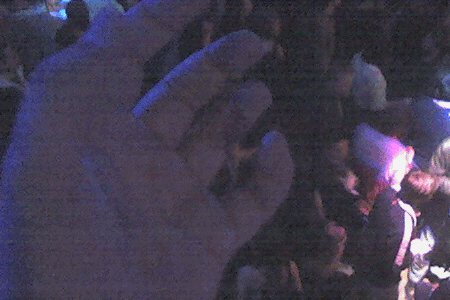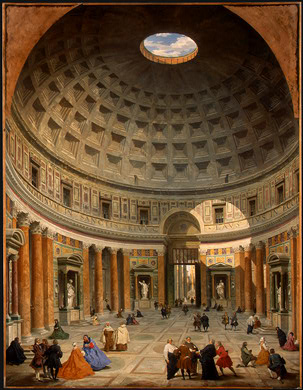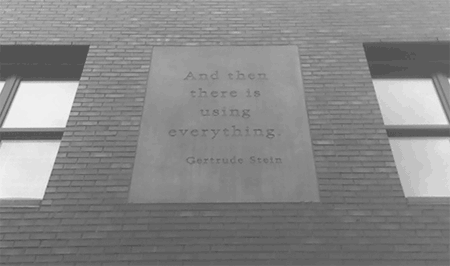(Seen at the George Maciunas show at Maya Stendhal. This reproduction really doesn’t do it justice: the actual poster is crisp as can be and Beuys looks really fantastic in that hat.)
(Bonus: Joseph Beuys, “Sonne Stat Reagen” (MP3, 3:03, 2.8Mb), originally released in 1982, on Fluxus Anthology. Poppy in the nicest way.)
(Bonus bonus: To Rococo Rot & I-Sound, “Fishermen Dressed Like Joseph Beuys” (MP3, 3:38, 5.4Mb), from 2001, not quite as nice as the song by Beuys himself (it’s an instrumental), but with one of the best song titles ever.)








